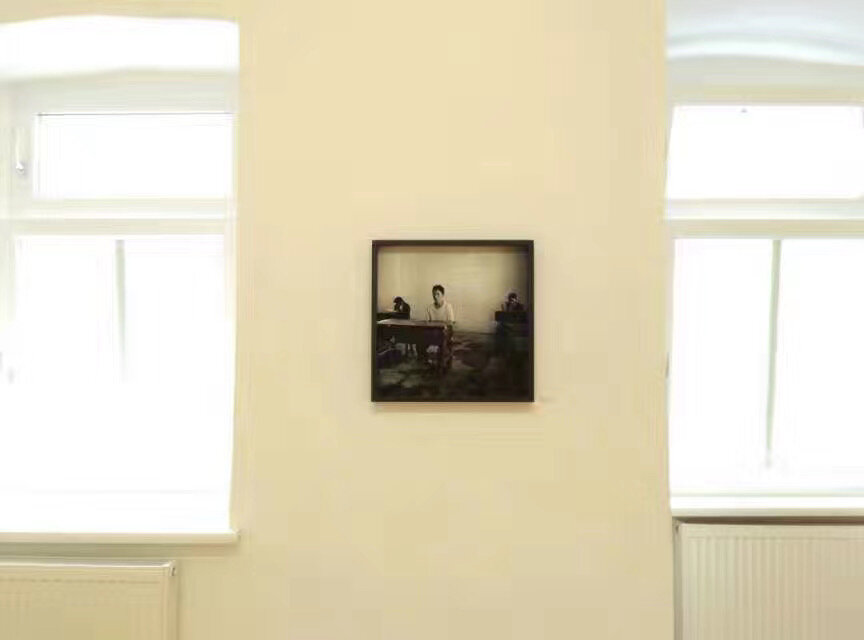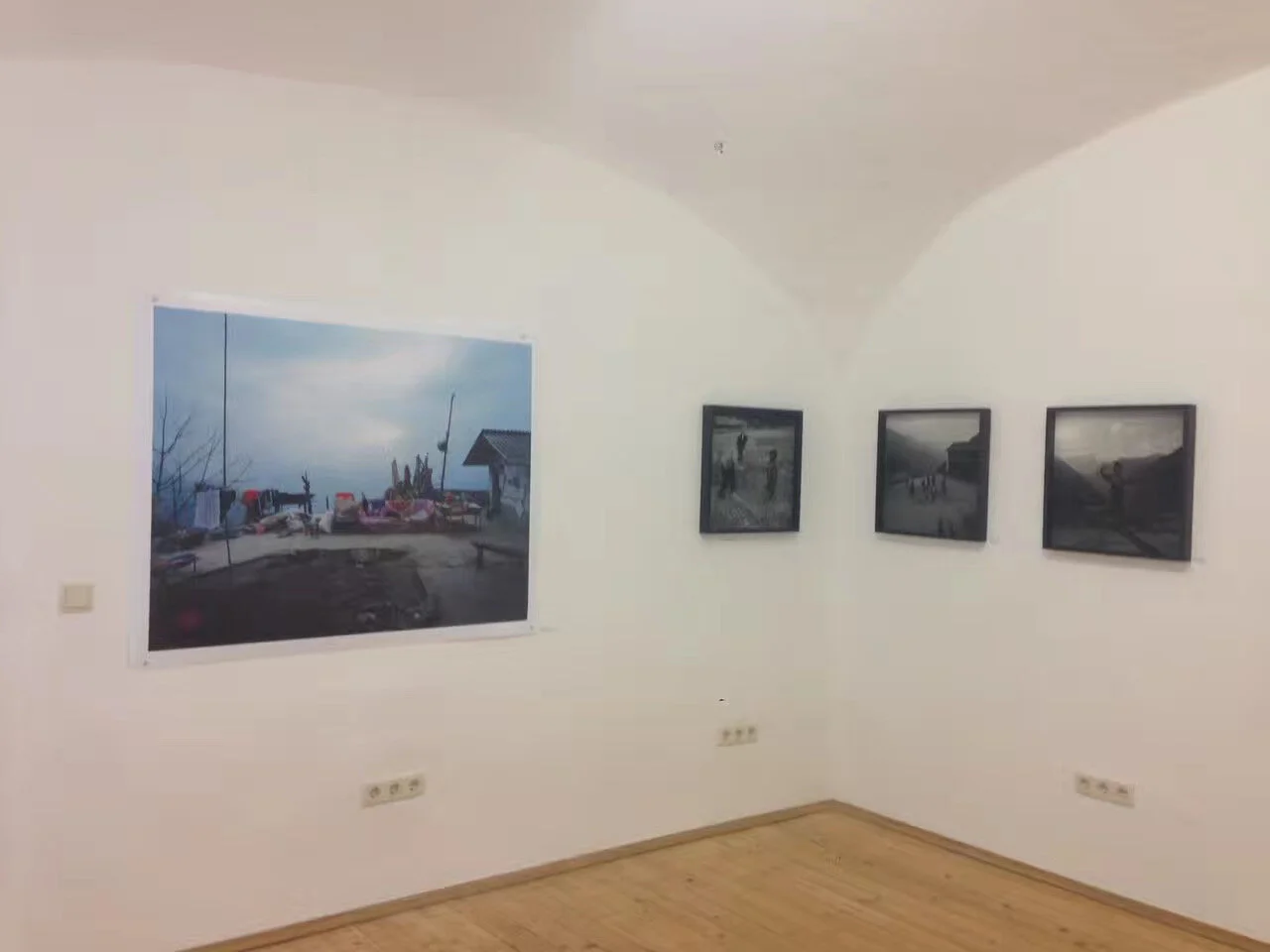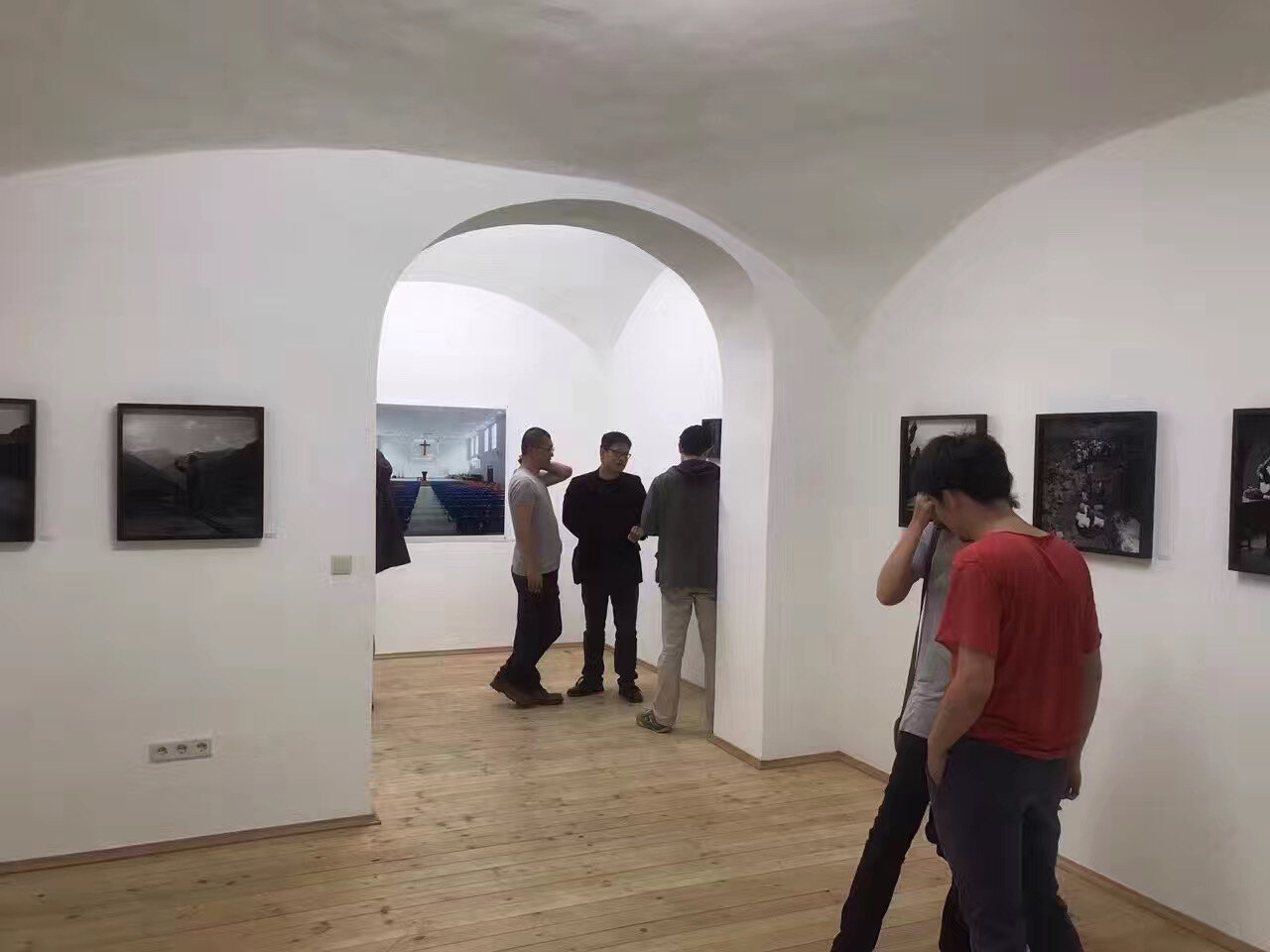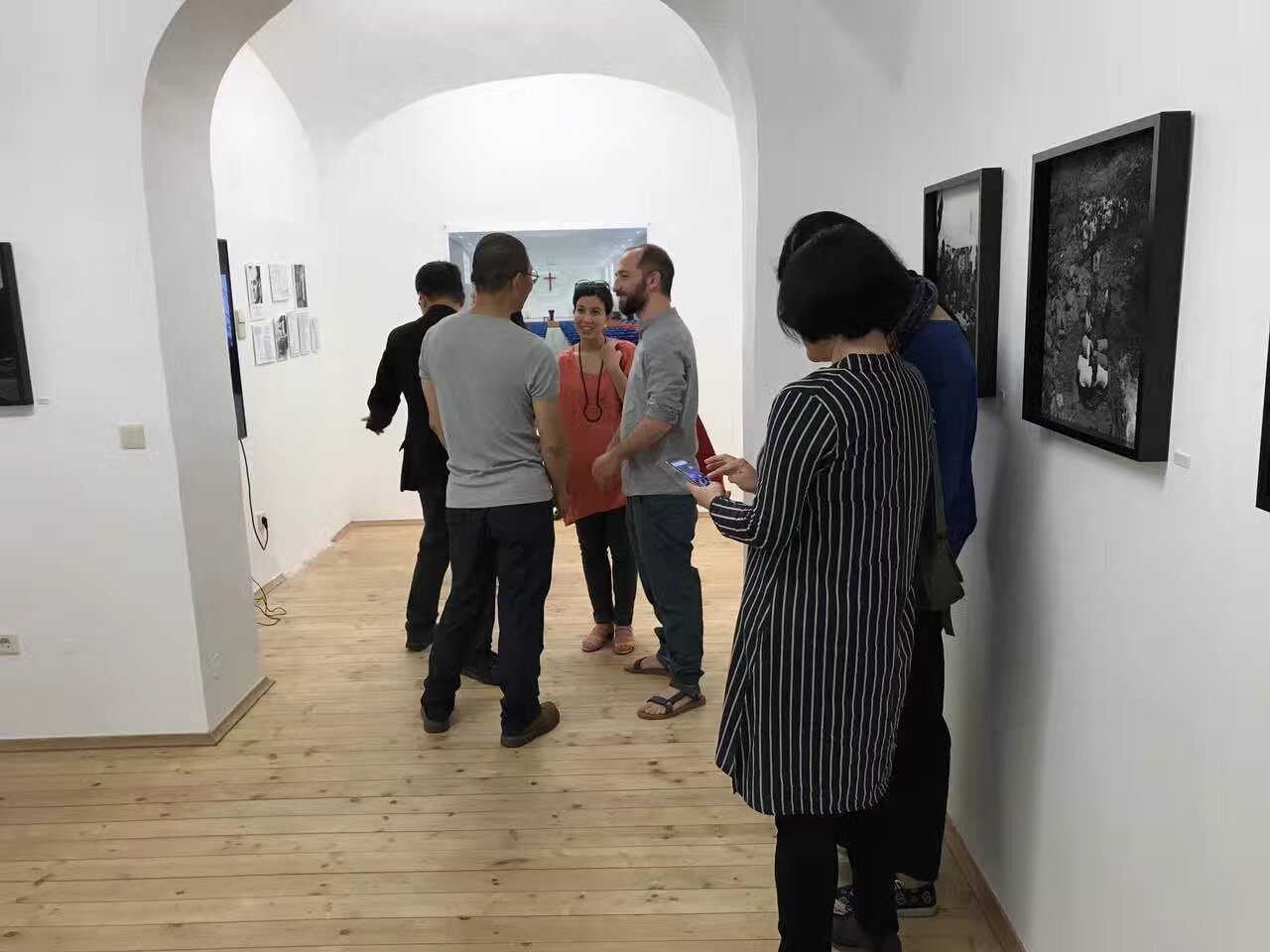Behind moment
Visual art works are not just intended to tell an audience what is happening, but also to convey the artist's unique interpretation and point of view of the world and its interconnections through the use of this medium. The visual artist unlocks the links between past and present, participating in the recording of human history. The main orientation of contemporary photography is towards everyday experiences and observations of the everyday life of ordinary people (actors/ subjects). Of course, the more complex task is how to give these everyday life experiences meaning. Different photographers will use different methods, through focus on a single object or subject, through textual sources, or through the analysis of historical events; some seek meaning via the pursuit of drama, whilst others seek deeper interpretations through the excavation of meanings to get to the so-called "hard-won meanings".
The Lisu people are a Tibeto-Burman ethnic group who inhabit mountainous regions of Burma (Myanmar), southwest China, Thailand, and the Indian state of Arunachal Pradesh. Beginning in the 20th century, many Lisu people began to convert to Christianity. Missionaries such as James O. Fraser, Allyn Cooke, Isobel Kuhn and her husband John, of the China Inland Mission, were active with the Lisu of Yunnan.
Zhou Wei opposes Bresson's concept of the “decisive moment”, instead emphasizing the “behind moment”. “Nu Mu Nai-yi” is a series from his time living among the Lisu people of Nujiang. The series focuses on a group of Lisu Christians, using the anthropological techniques of thick description and interpretation pioneered by Clifford Geertz in his 1973 monologue “The Interpretation of Cultures”. These works display the full expression of Zhou Wei as a photographic artist in total mastery of his own process. Through the binaries of “others / de-othering”, “gaze / anti-gaze”, and “remember/ Re- rememberization”, Zhou Wei constantly draws the focus towards the multi-faceted interpretations of history and processes of change contained in each portrait.
As Zhou Wei himself has said: “In the end, your heart contains so many things – so much knowledge, so many emotions – that your photos cannot lie”.
Artist: Zhou Wei
Curator: Hongwei Duan
Duration: 26. May to 16. June 2017
Location: Franzensgasse 6/1a, 1050 Wien
Numunaii: Double life in Nujiang Grand Canyon
Numunaii is how the Lisu minority group call the Nujiang River
( the Salween River )
Nujiang Grand Canyon, stretching some 300km from Cawalong, a village in Tibet, to Liuku of Nujiang Prefecture in Yunnan, is home to minority groups like Lisu, Nu, Durung, Tibetan. Their ancestors migrated from the east of Biluo Jokul. The high mountains have separated the valley from the outer world. It can only be reached by several ancient trails in the mountain.
In tcentury, Christian and Catholic missionaries arrived here to spread the gospel. The Christian missionaries created Lisu written language based on Latin, and made several hymns in the local musical tradition, in order to spread the religion.
When I went to the valley for the first time in July 2003, a debate about building a dam was upgrading. I realized that fundamental changes were taken place in the valley. The dam was not build at last, but the valley is no longer alienated from the rest of world.
Tradition and modernity, East and West, belief and reality collide in the valley. The residents are experiencing the greatest changes in hundreds of years. The change started one or two decades later here than the outer world, but at a higher speed, which makes the locals a bit disoriented. What happens in Nujiang Grand Canyon today is an epitome of what China as a whole has experienced in the past decades.













